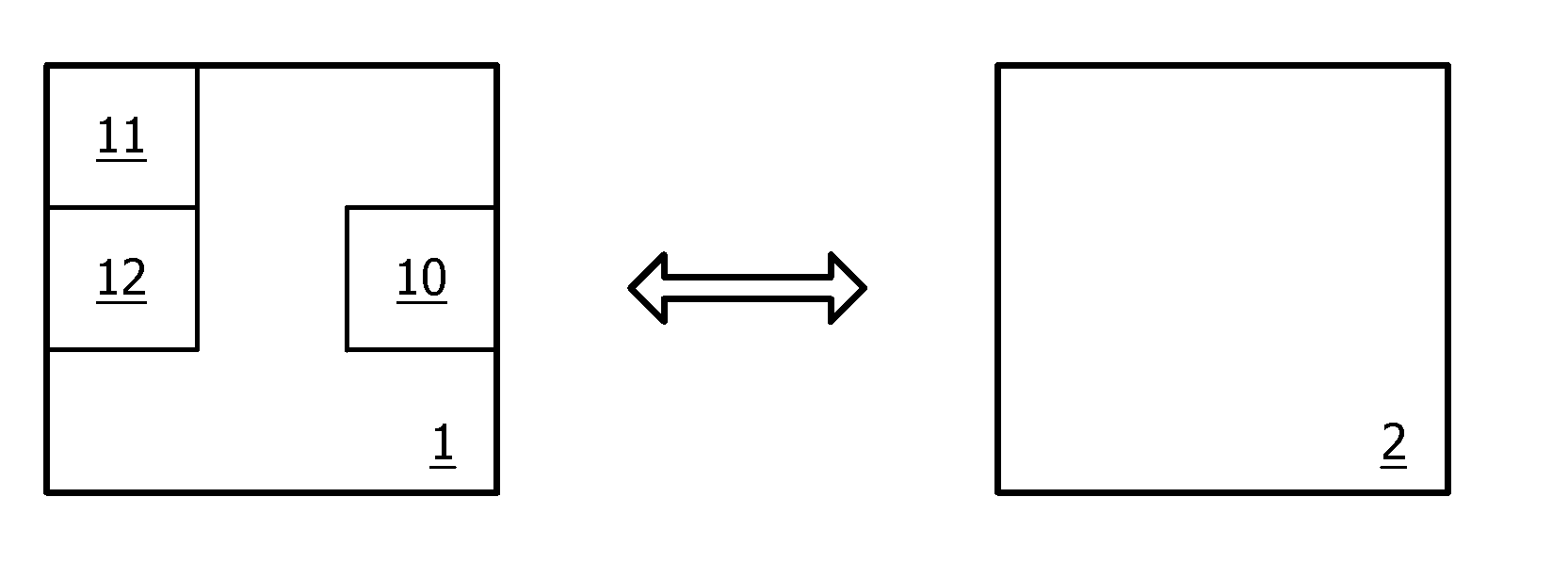Method for securing communications in a wireless network, and resource-restricted device therefor
a wireless network and communication technology, applied in the field of securing communications, can solve the problems of not being able to offer a correct solution for batteryless devices, security systems cannot be easily used in resource-limited devices such as batteryless devices, and the amount of saved energy is not high enough to meet the needs of batteryless devices, and achieves the effect of enhancing the possibilities of energy management and low energy
- Summary
- Abstract
- Description
- Claims
- Application Information
AI Technical Summary
Benefits of technology
Problems solved by technology
Method used
Image
Examples
Embodiment Construction
[0043]The present invention relates to a resource-restricted device 1 comprising communication means 10 for exchanging messages with another device 2. Devices 1 and 2 belong to the same wireless network. This network is, for example, a personal network, or a wireless sensor networks, or a home automation network. Actually, the invention finds an advantageous application in batteryless devices for wireless control networks, especially for sensitive and critical applications like implants and other medical sensors, security and safety systems. It can also be used in convenience applications like lighting control networks, building automation, home automation, and CE remote control. The network may operate according to, for example, ZigBee wireless communication protocol, Batteryless ZigBee protocol, ZigBee RF4CE protocol, other IEEE802.15.4-based protocol, IEEE802.15.6 protocol, EnOcean proprietary protocol, BlueTooth protocol, etc.
[0044]More precisely, a method and device according t...
PUM
 Login to View More
Login to View More Abstract
Description
Claims
Application Information
 Login to View More
Login to View More - R&D
- Intellectual Property
- Life Sciences
- Materials
- Tech Scout
- Unparalleled Data Quality
- Higher Quality Content
- 60% Fewer Hallucinations
Browse by: Latest US Patents, China's latest patents, Technical Efficacy Thesaurus, Application Domain, Technology Topic, Popular Technical Reports.
© 2025 PatSnap. All rights reserved.Legal|Privacy policy|Modern Slavery Act Transparency Statement|Sitemap|About US| Contact US: help@patsnap.com


